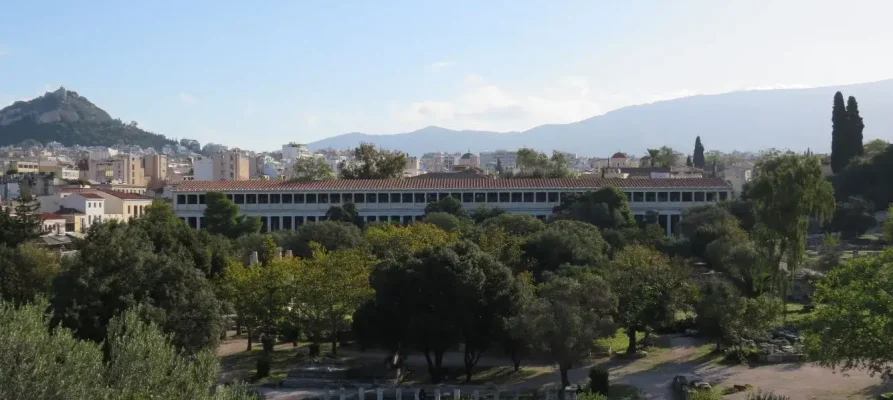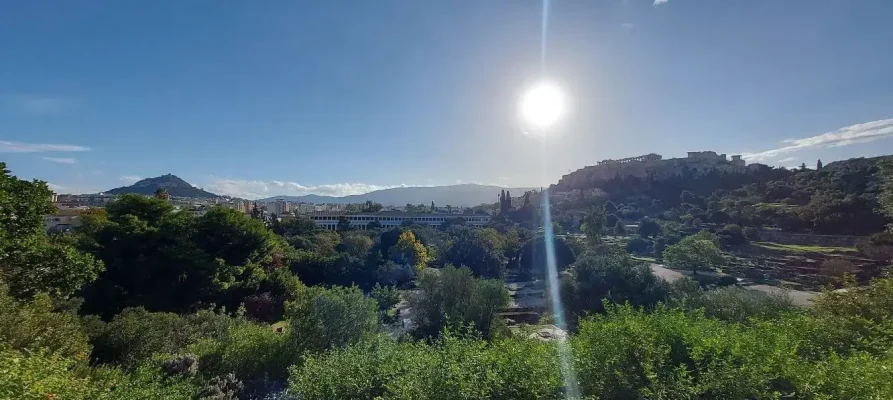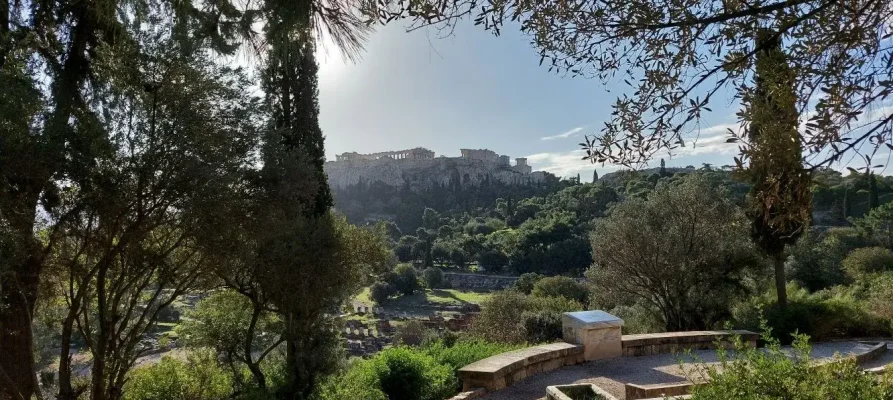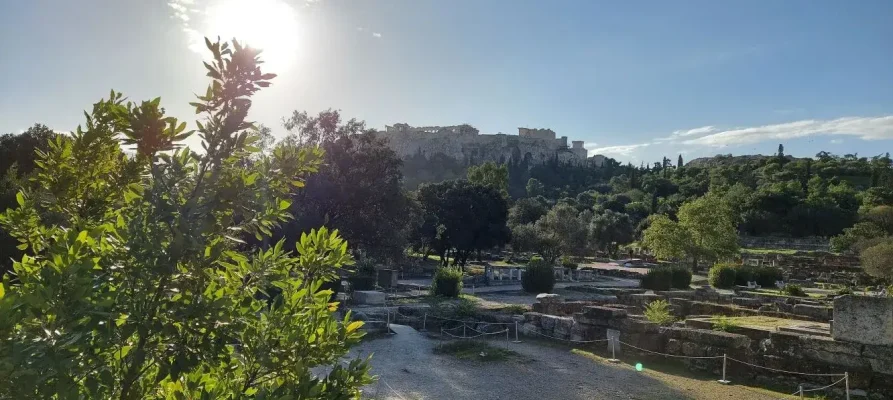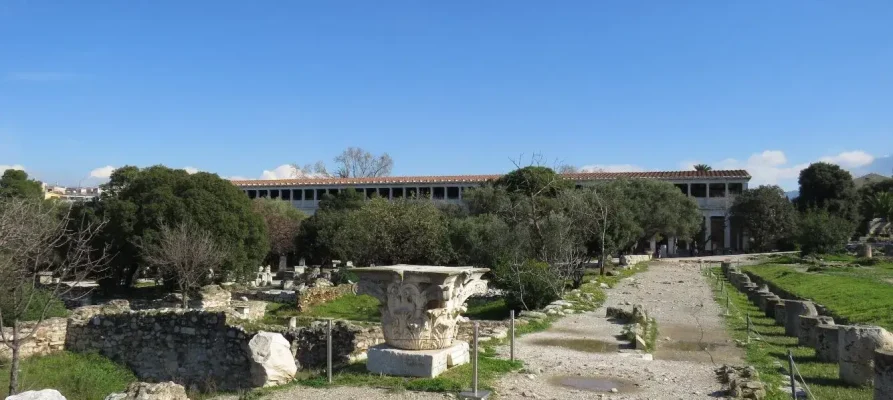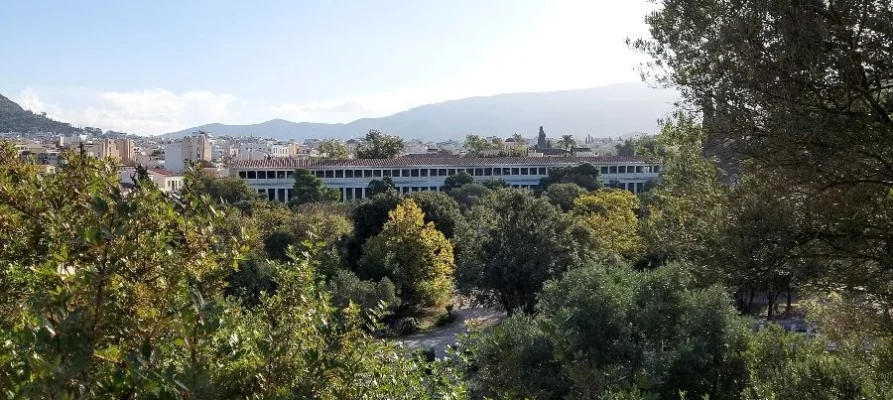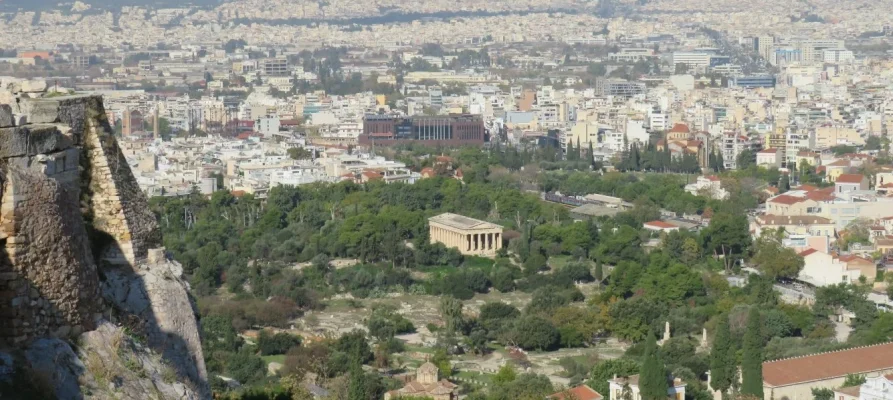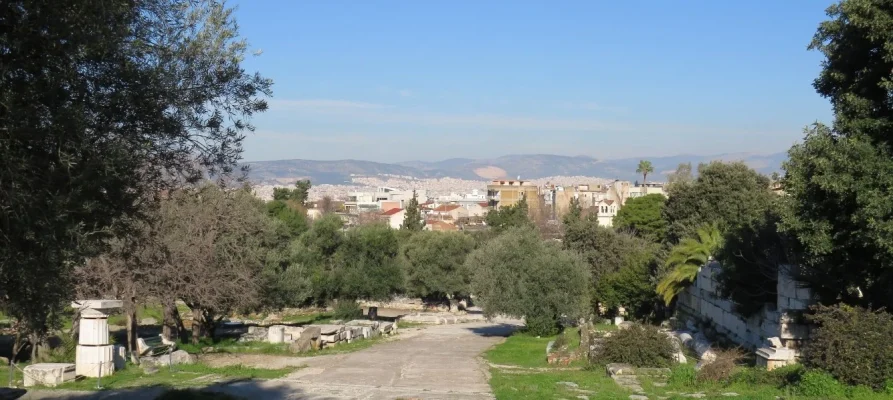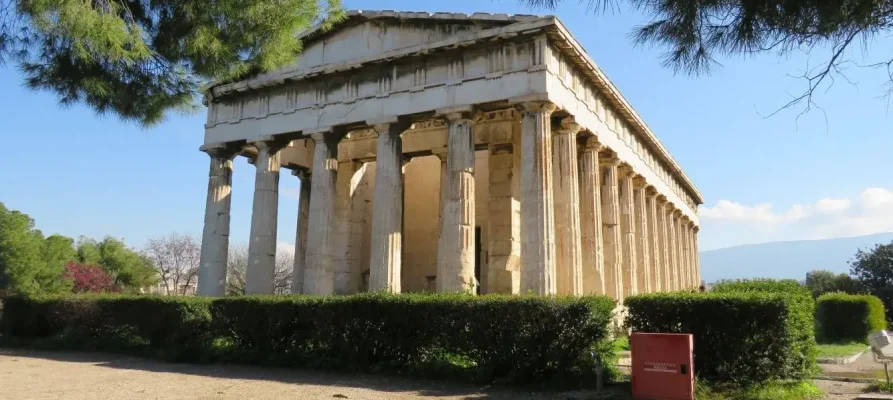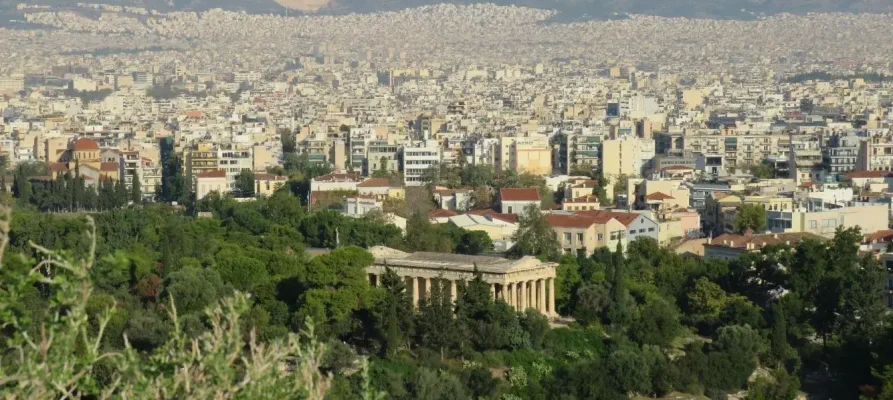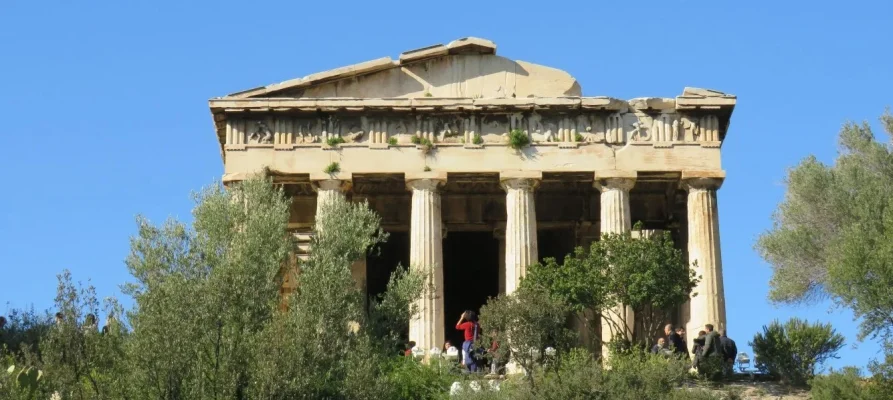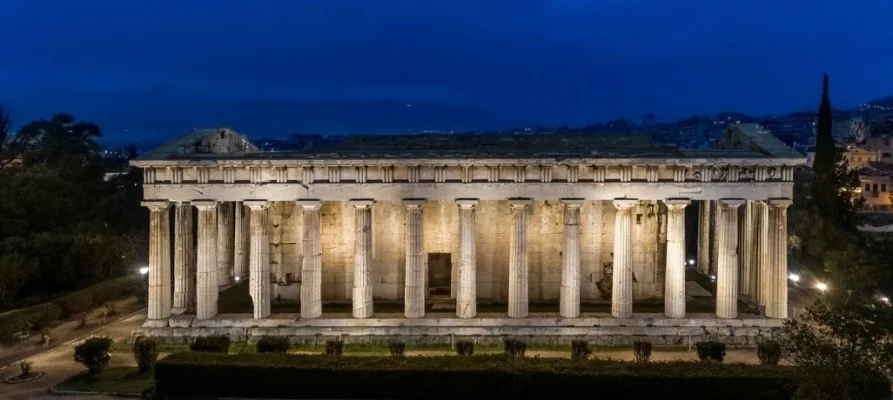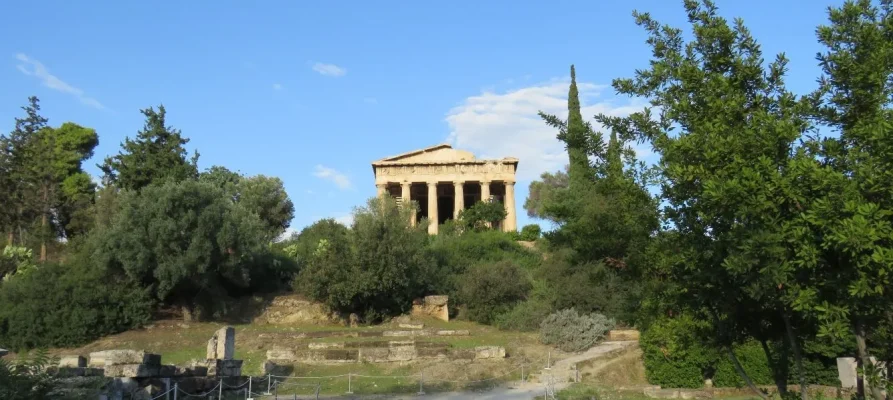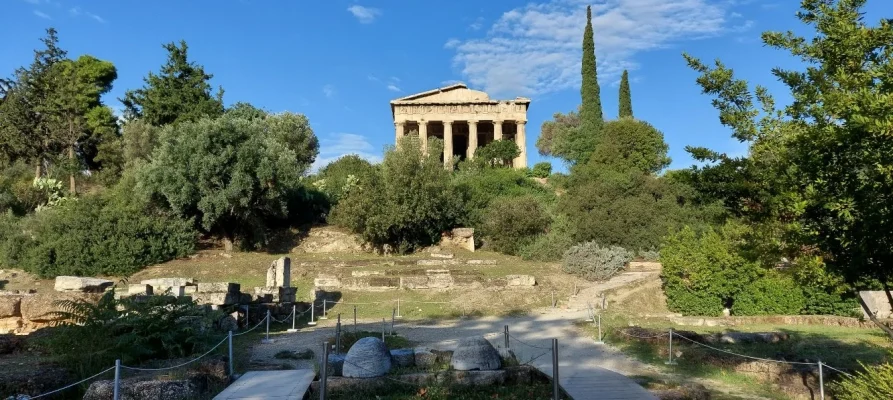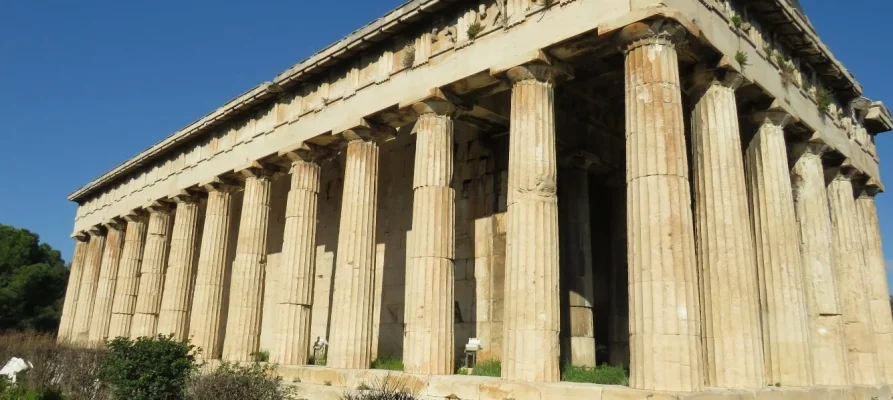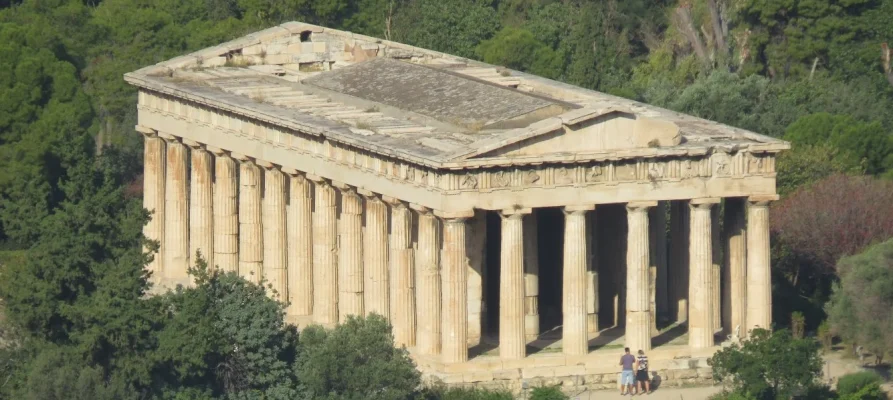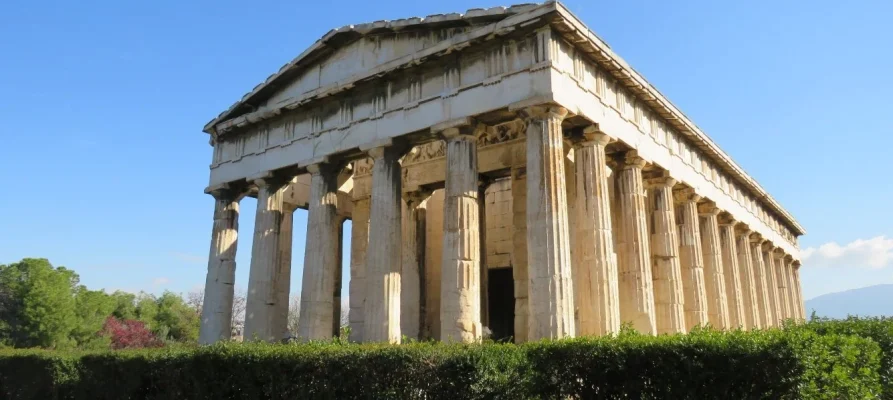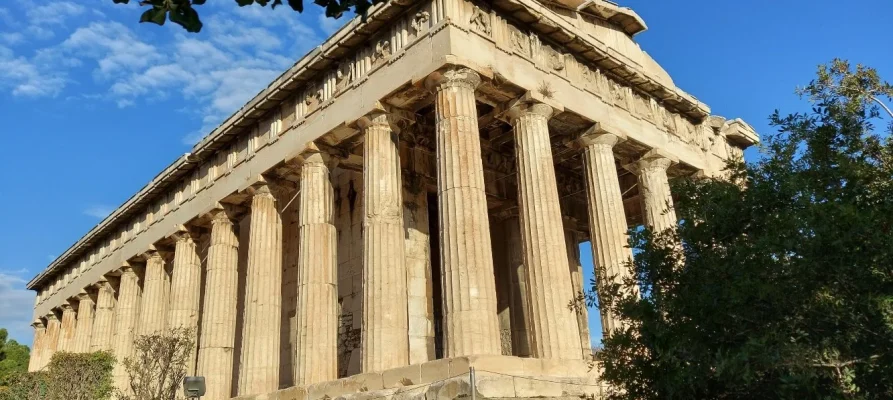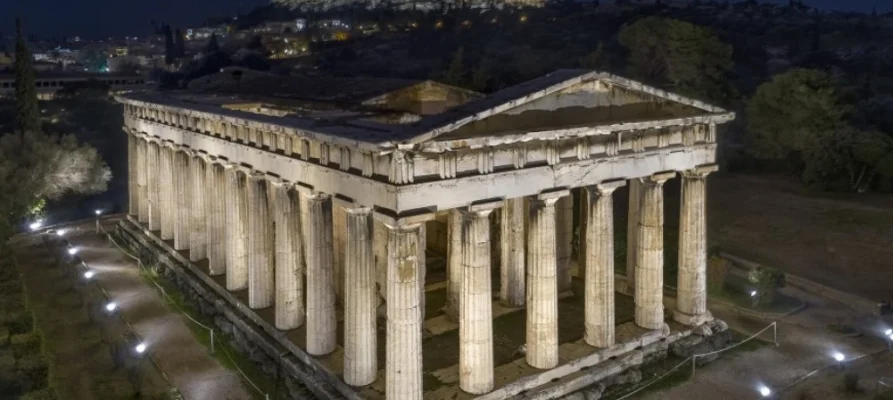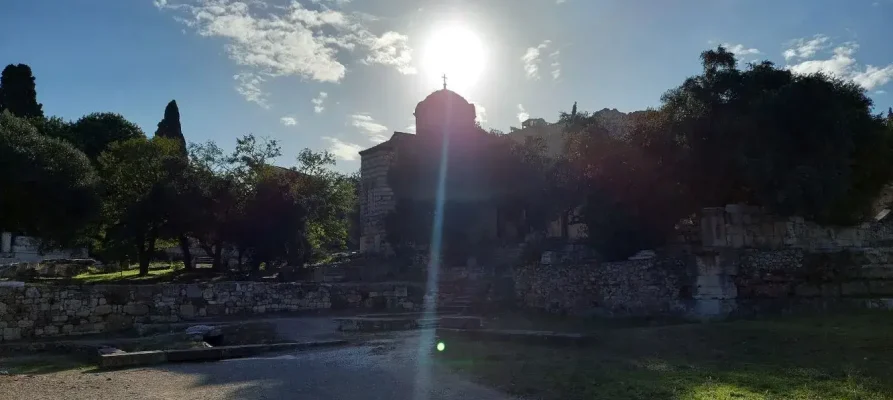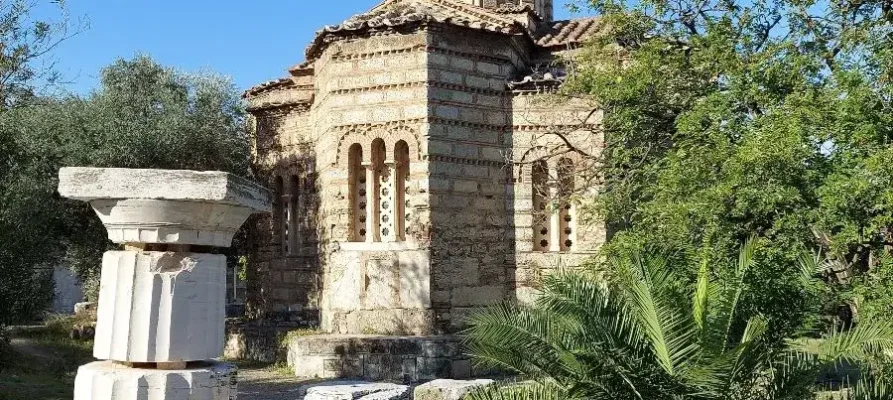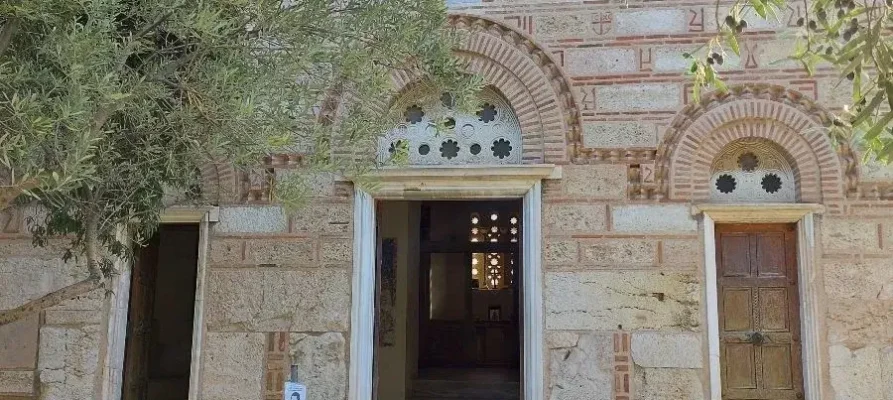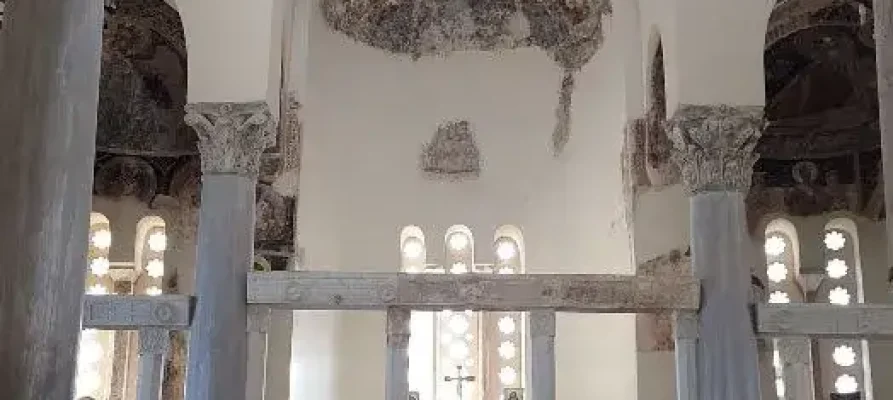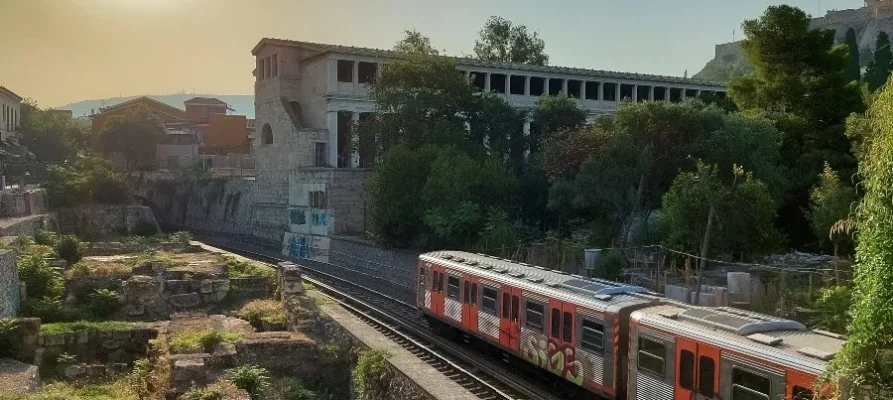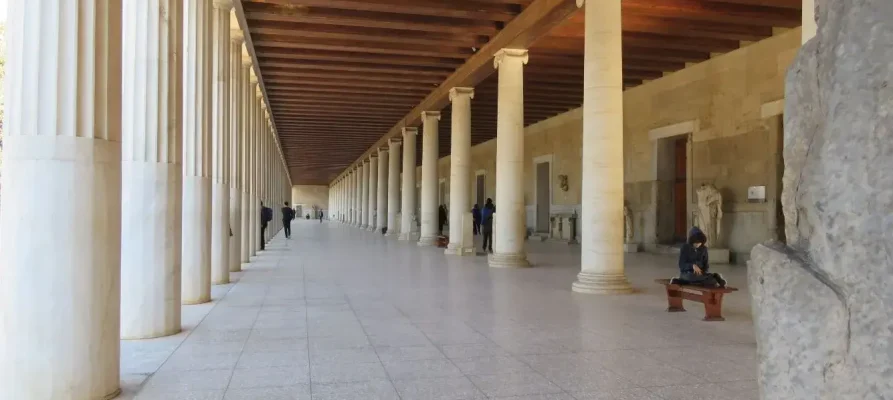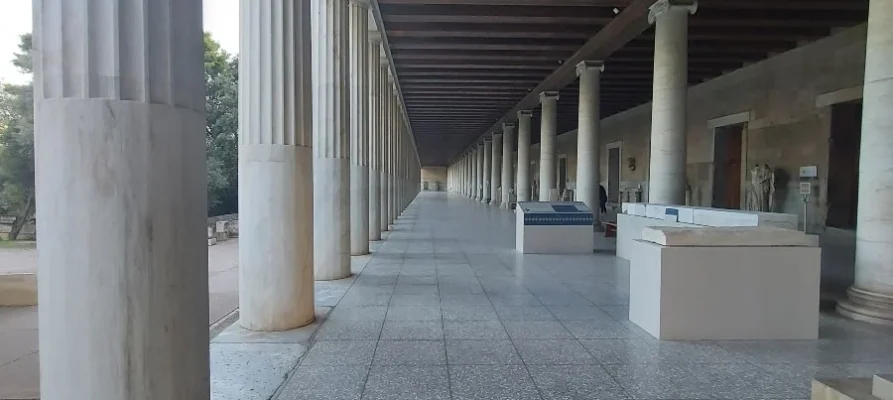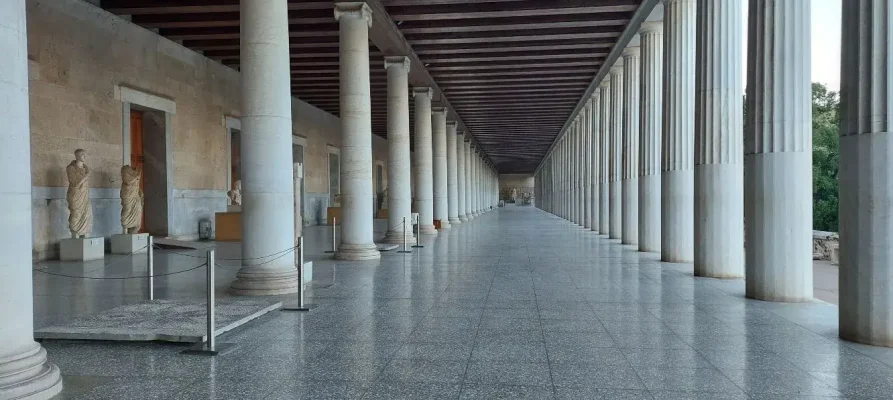
Top Photos Of The Ancient Agora of Athens Taken By Me
Table of Contents
Introduction
If you’re like me, you love taking photos on holiday. Greece has many great opportunities to get that perfect selfie or Instagram photo, and when I’m in Athens, I can’t resist adding to my top photos of the Ancient Agora of Athens.
Photos are a great way to bring back memories and also share those memories and experiences with others. So, in this guide are my personally chosen top photos of the Ancient Agora of Athens taken by me.
If you want to know much more about this ancient site, including the best things to see and the best places to take photos, then please look at my in-depth page about the Ancient Agora of Athens.
Hope you enjoy
Ian
Where is the Ancient Agora of Athens
Brief guide to the Ancient Agora of Athens
The Ancient Agora of Athens was the heart of the ancient city and the centre of Athenian democracy. It was the focal point for political, commercial, administrative and social activity, the religious and cultural centre, and the seat of justice.
The most important buildings were centred around the central open space, or Agora, a meeting place for citizens to gather, discuss politics, conduct business or hear speeches. Today, the Ancient Agora is one of Athens’s most popular tourist attractions. Its well-preserved ruins provide a fascinating insight into life in Ancient Greece.
From the 6th century BC, many public buildings gradually surrounded the open space. It was adorned with temples, altars, stoas (covered walkways), fountains, portraits, and statues.
Many famous and well-known people have walked through the Agora and addressed the people, including Socrates and St Paul. Many essential roads ended in the Ancient Agora of Athens, including Piraeus St, which connected the city with the town and port of Piraeus.
There were around 35 buildings, structures and monuments located in the Ancient Agora of Athens, among which I have listed the most popular in the section “Best Things to do and See”. Here is the list of all those discovered so far.
North Side of the Ancient Agora of Athens
- Stoa Poikile (Painted stoa), a building built in the 4th century BC, used purely for socialising, unlike many other buildings in the Agora.
- Altar of the Twelve Gods.
- Stoa Basileios (Royal stoa).
- Temple of Aphrodite Urania.
- The south end of what is believed to be a Basilica has been uncovered near Hadrian Street and is dated to the mid 100s AD.
East Side of the Ancient Agora of Athens
- The Stoa of Attalos, a stoa lined with shops built in the 2nd century BC, has since been reconstructed for use as the Museum of The Ancient Agora.
- The Peristyle Court was a law court located initially under the northern end of the Stoa of Attalos.
- A collection of buildings were added to the southeast corner: the East stoa, the Library of Pantainos, the Nymphaeum and a temple.
- The Library of Pantainos was more than just a library. The west and north wings were a series of rooms used for other purposes other than storing books. With the construction of the Library of Pantainos, the official entrance into the Agora was now between the Library and the Stoa of Attalos.
- The Mint is a building used for the minting of bronze coinage in the 2nd and 3rd centuries BC. Still, there is no evidence of it being used for the minting of Athenian silver coinage.
- The Monopteros was located south of the Basilica and dated to the mid 100s AD. It had no walls, was a dome supported by columns and was about 8 meters in diameter.
- The Bema was a speakers platform located near the Stoa of Attalos.
South Side of the Ancient Agora of Athens
- The Middle stoa was the most extensive monument built during the 2nd century BC.
- A small Roman temple was added in front of the Middle Stoa.
- South-east Fountain House.
- South Stoa I.
- Aiakeion.
West Side of the Ancient Agora of Athens
- Strategeion
- Agoraios Kolonos
- Tholos
- Boundary stone
- Monument of the Eponymous Heroes, a monument for the ten heroes of the tribes of Athens which, was also used as a notice board for new legislation, public events and military conscription.
- Metroon (Old Bouleuterion)
- Bouleuterion
- Temple of Hephaestus (Hephaestion)
- Temple of Apollo Patroos
- Stoa of Zeus
- The Temple of Zeus Phratrios and Athena Phratria dated to the 300s BCE and is located near the Temple of Apollo Patroos.
- A statue of the Roman emperor Hadrian was located near the metroon.
Other Notable Monuments
- A number of other notable monuments were added to the Agora. Some of these included:
- An Altar of Zeus Agoraios was added to the east of the monument to the Eponymous Heroes.
- The Temple of Ares, dedicated to Ares, the god of war, was added in the north half Agora, just south of the Altar of the Twelve Gods.
- The Odeon of Agrippa and accompanying gymnasium were added to the centre of the Agora.
- There is evidence of a Synagogue in the Agora of Athens in the 3rd century.
If you want to get a feel for what life was like in Ancient Greece, then the Ancient Agora of Athens is definitely worth a visit.
Walking around the Ancient Agora of Athens
Top photos of the Ancient Agora of Athens taken by me
Ancient Agora
Temple of Hephaestus
Church of the Holy Apostles
Stoa of Attalos
Well, I hope you enjoyed looking at my top photos of the Ancient Agora of Athens taken by me. As I said in the beginning, for me, photos are a great way to bring back memories and also share those memories and experiences with others.
Thanks
Ian
Table of Contents
Copyright © 2023 Go Explore Greece. All rights reserved, and served with a side of Feta. Yamas!



